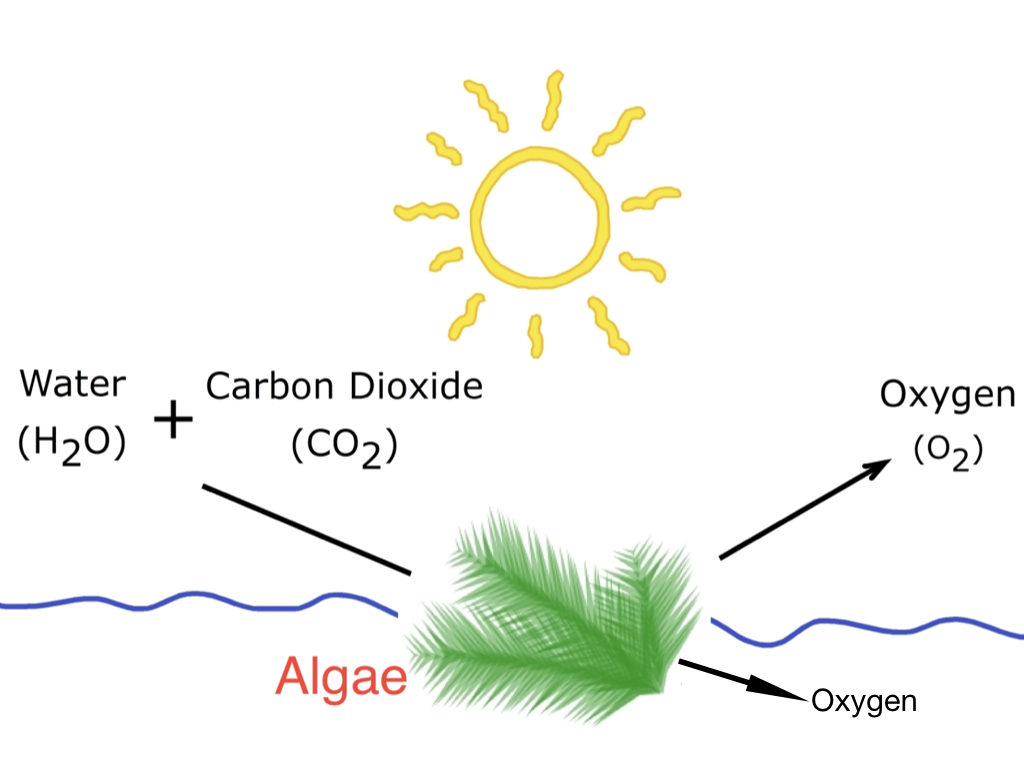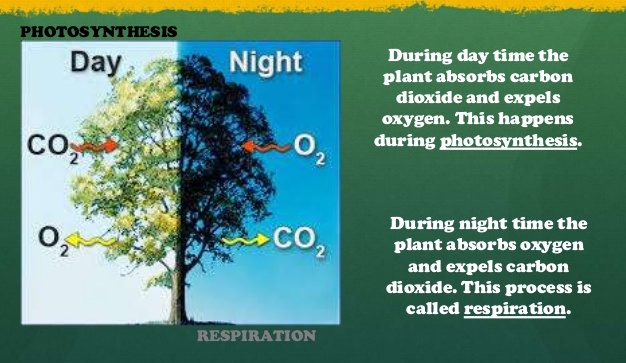Are you looking for a Wastewater Practice Test? Here are three sample questions from a Wastewater Practice Test.
These sample questions are helpful if you’re studying for the wastewater operator certification exam. The answers are located at the bottom of the page.
Click here for Wastewater Practice Test
1. Which statement is true regarding algae in a facultative pond?
-
-
- During the day, algae uses oxygen to produce carbon dioxide.
- In the afternoon, algae uses oxygen to lower the pH.
- In the presence of sunlight, algae uses carbon dioxide to lower the pH.
- During the day, algae uses carbon dioxide in the wastewater to release oxygen.
-
2. When would you expect the lowest concentration of dissolved oxygen (DO) in a facultative pond?
-
-
- Noon
- 3 PM
- Sunrise
- Sunset
-
3. Why is the volatile acid/alkalinity ratio important at a wastewater treatment plant?
-
-
- Helps maintain proper operation of the sedimentation process.
- Used to control the pH of the influent in the pretreatment facility.
- It is an important indicator of a problem developing in the digester.
- It is commonly used to adjust the acidity in the chlorination facility.
-
Click here for Wastewater Practice Test
ANSWERS FOR SAMPLE QUESTIONS
1. D
First of all, a facultative pond has an aerobic layer in the upper portion, and an anaerobic layer in the lower portion of the pond. The aerobic layer contains oxygen, while the anaerobic layer does not.
There are microorganisms in both layers that “eat” or treat the incoming waste. This question is regarding the upper aerobic layer.
In the upper layer, algae uses sunlight as a source of energy to consume carbon dioxide in the wastewater to produce oxygen. This process is called photosynthesis, which provides oxygen to the microorganisms to treat the wastewater.
During the day, with the presence of sunlight, this process increases oxygen in the pond. Towards the end of the day, there is a lot of oxygen available due to the algae.
In contrast, a different reaction occurs at night because of the lack of sunlight. Oxygen is no longer produced by the algae. Instead, the algae consumes oxygen, and releases carbon dioxide.
So, an opposite reaction takes place at night. Therefore, at sunrise, there is less oxygen in the pond because it is consumed by the algae during darkness.
Furthermore, as a new day starts, the oxygen content in the wastewater increases again because the algae is using the sunlight to consume carbon dioxide and release oxygen.
To clarify, this cycle repeats itself everyday.

2. C
Dissolved oxygen (DO) is lowest at sunrise because the algae consumes oxygen and releases carbon dioxide during night-time and the dark, early morning hours. This process is called respiration. Without the presence of sunlight, the oxygen in the pond becomes depleted due to the algae. We briefly discussed this earlier, in the answer to Question #1.
However, when the sun starts to rise, the algae will begin to use the sunlight to consume carbon dioxide and release oxygen. This increases the oxygen level in the pond. At the end of the day, there is a lot of oxygen available. This process is called photosynthesis.

3. C
The volatile acid/alkalinity ratio is used to monitor a digester, and determine if a problem is developing. When this ratio increases, it means that the acidity in the digester is increasing, which is a bad sign.
Typically, you want a low volatile acid/alkalinity ratio because it means that acidity is low, and alkalinity is higher. In general, you want to avoid an acidic environment in the digester because it leads to upset.
Hence, for a digester to perform properly, it must have an appropriate volatile acid/alkalinity ratio. Otherwise, we will encounter operational issues.
Do you need to solve more sample questions? Here are some helpful resources:
HELPFUL BOOKS:
Wastewater Practice Test
HELPFUL COURSE:
Online class – based on a Wastewater Practice Test
Lastly, if you have any questions about solving the problems in the Wastewater Practice Test, please contact me here. I’ll reply to your message as soon as possible. Please mention which Wastewater Practice Test you’re referring to, so I can better respond to your question.


